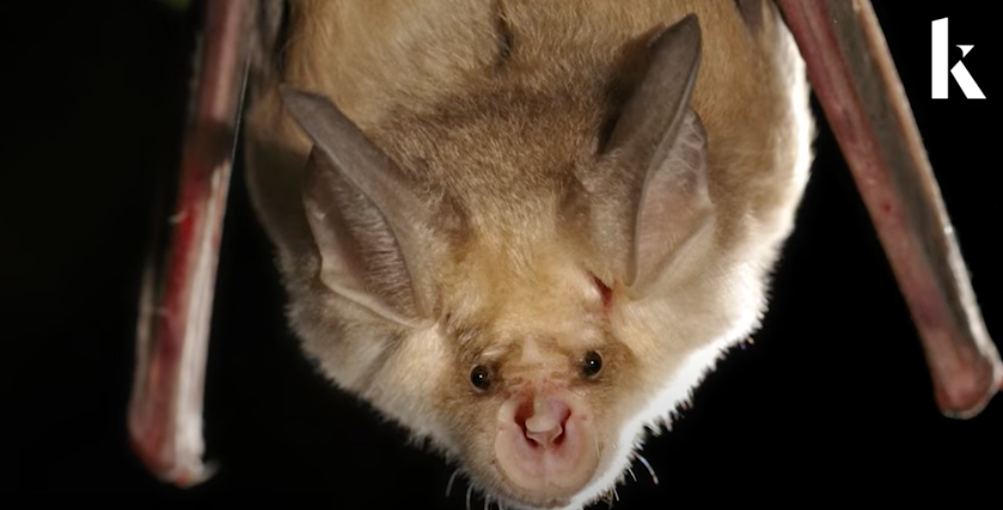
Watch the epidemiologist’s opinion on zoonoses and COVID-19
Debate continues over the origins of the COVID-19 pandemic, fueled in part by the US Department of Energy and the Federal Bureau of Investigation, which have conducted their own investigations. Both issued preliminary conclusions that the illness originated in a scientific facility, fueling the theory of a leak from the lab. But scientists point to a likely animal source, ranging from horseshoe bats to raccoon dogs to even outer space.
We’ve been here before with new diseases, according to epidemiologist and disease ecologist Jonah Mazet. Every year, scientists identify an average of five new diseases that have passed from animals to humans. Past examples include Ebola, from fruit bats; Hepatitis E, from pigs; West Nile virus, from birds; and African primate yellow fever. Scientists believe that about 500,000 other viruses may one day infect human cells.
Read more: Zoonotic diseases that have been transferred to humans
“It’s not animals that put people at risk,” Mazette says in the video. “Our human behavior and the risky things we do are put at risk by these viruses. They don’t jump out and grab us.”
More than ever, people are encroaching on wild lands, due to population growth, and people and wildlife live and die in close contact. But whether such a link led to the COVID-19 pandemic is not yet known.
“There’s going to be a lot of information that’s going to come out over decades,” Mazette says in the video, “and we’re going to be able to piece some things together to figure out what really happened.”
This video originally appeared on Knowable Magazine, an independent journalistic venture from Annual Reviews. You can see the original here.
Watch the epidemiologist’s opinion on zoonoses and COVID-19

